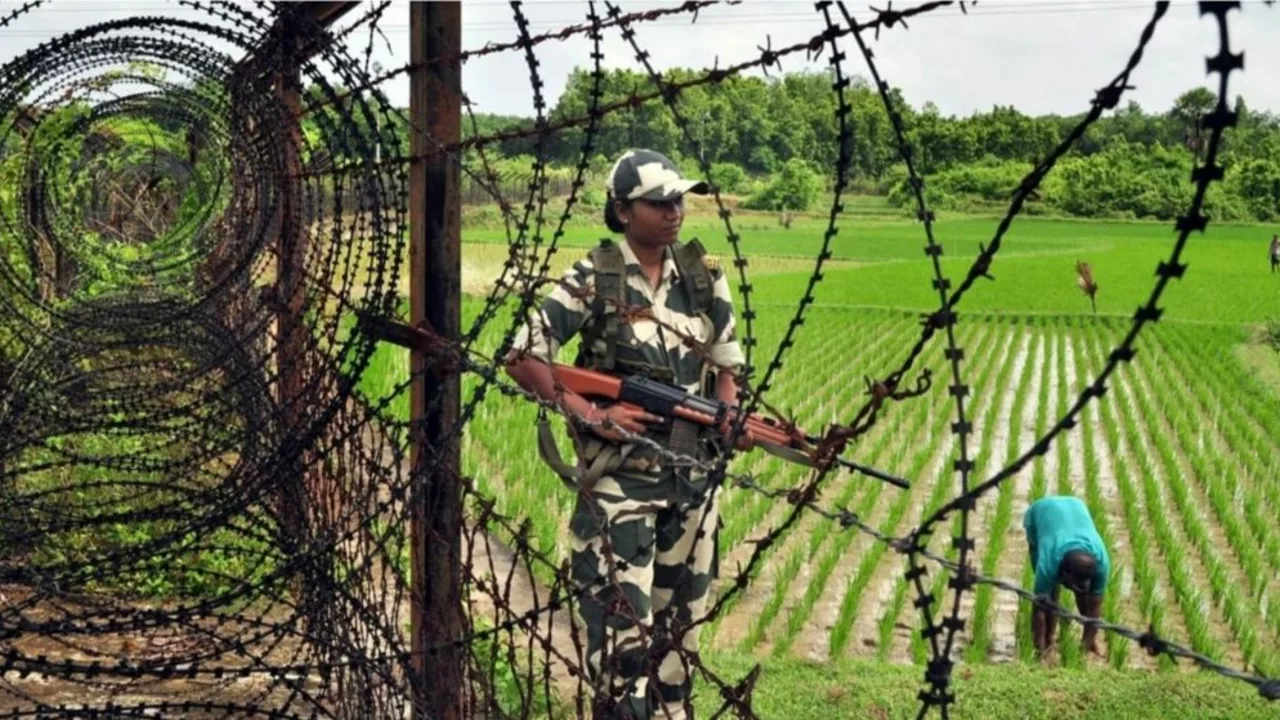Security Gaps in India – Why They Matter and How to Close Them
Ever wonder why a festival that should be joyous can turn chaotic, or why a smooth‑looking highway feels like a danger zone? The answer often lies in tiny, overlooked security gaps. These are the weak spots that let accidents, mishaps, or even scams slip through the cracks. In everyday life, they show up in everything from a crowded Ganesh Visarjan to a rainy runway at Calicut airport.
Everyday Gaps You’ll Notice
First, think about public gatherings. The Anant Chaturdashi celebration this year sparked a viral claim about lighting 14 diyas. While the number itself isn’t dangerous, the real risk came from overcrowded streets and inadequate crowd‑control measures. Without clear entry points, emergency routes, or enough volunteers, a simple lighting ceremony can become a safety nightmare.
Travel is another hotspot. The recent Air India crash near Calicut wasn’t just bad weather—it was also a tabletop runway that leaves little margin for error. When pilots lose visibility on a slippery strip, a missing safety protocol or outdated navigation aid can turn a rough landing into a disaster.
Roads illustrate the same pattern. India’s road‑accident statistics point to poor infrastructure, lax enforcement, and driver habits. A missing speed‑breaker, broken street light, or unmarked curve is enough to cause a severe crash, especially when traffic police are scarce.
Simple Steps to Bridge the Gaps
Now that you see the cracks, what can you do? Start with personal preparedness: always carry a basic first‑aid kit during festivals, wear visible clothing on busy streets, and keep a charged phone handy for emergencies.
If you’re a local organizer, map out escape routes before any event. Post clear signage, train volunteers to spot crowd pressure, and work with police to set up temporary barriers. Small tweaks like these cut risk dramatically.
Travelers should double‑check runway or airport safety records when booking flights, especially to smaller airports with limited facilities. Arriving early gives you time to assess weather updates and speak with ground staff about any concerns.
For drivers, the cheapest safety upgrade is a quick inspection of your vehicle’s lights and brakes. Report potholes or broken streetlights to municipal services—many towns now accept reports via SMS or apps, so a single complaint can spark a repair.
Finally, push for community involvement. When neighborhoods form safety watch groups, they can flag missing streetlights, illegal vendors, or unsafe constructions before they become hazards. A few minutes of collective vigilance saves lives.
Security gaps aren’t magical mysteries; they’re ordinary oversights that anyone can spot and fix. By staying aware, speaking up, and applying simple safeguards, you turn a vulnerable spot into a stronger, safer environment—for yourself and everyone around you.
The Indian government plans to secure all gaps in the country's border fences by 2022. This initiative aims to ensure national security, control illegal cross-border activities, and maintain peace along the borders. The government is employing advanced technologies and surveillance systems to make the borders impervious. It's a mammoth task considering India's vast and varied terrain, but the government seems committed to the cause. Let's hope this step will bring a significant drop in border-related issues, enhancing the overall safety of the country.
